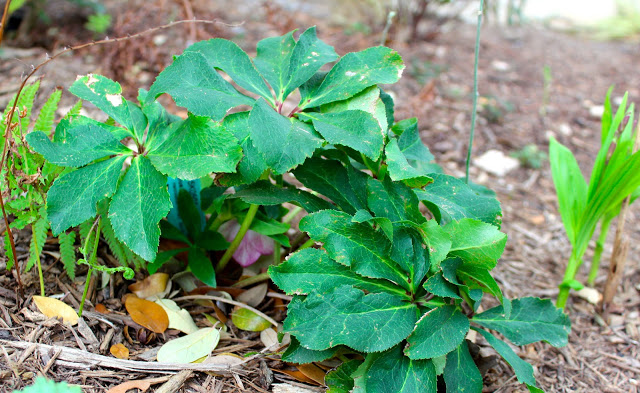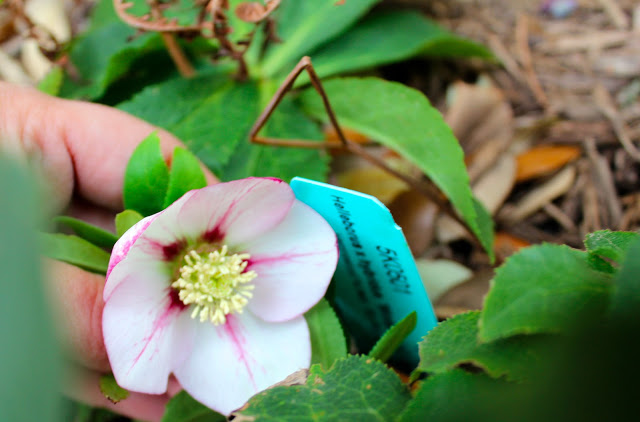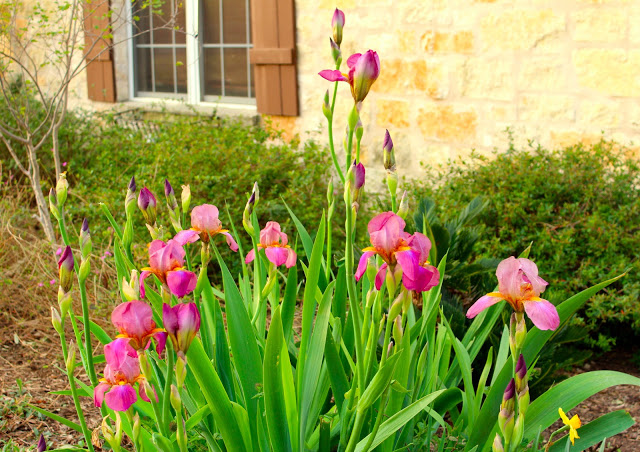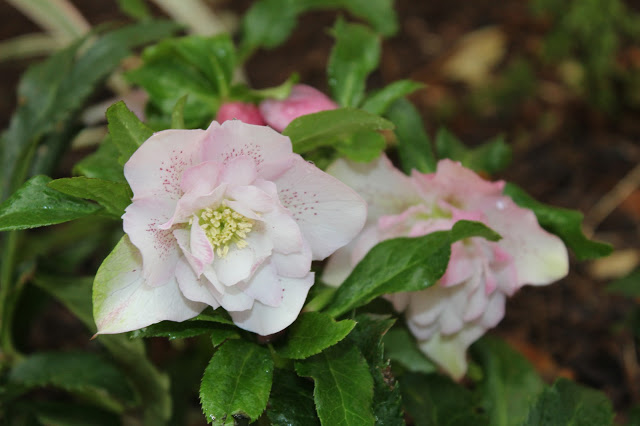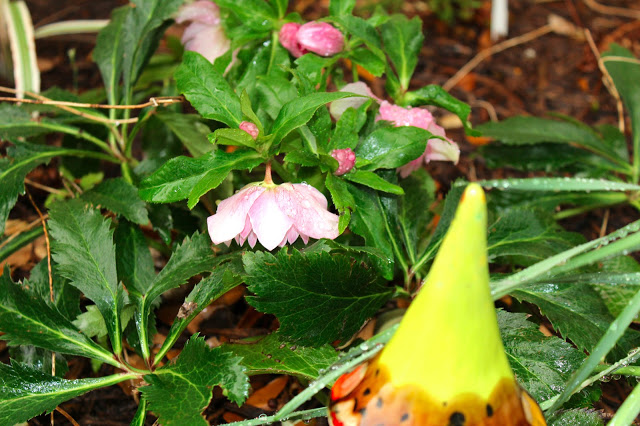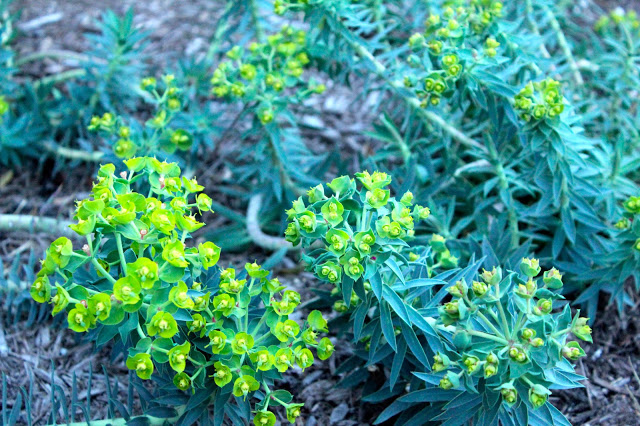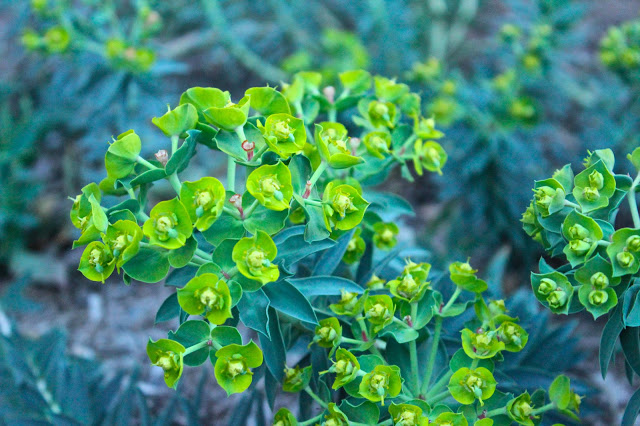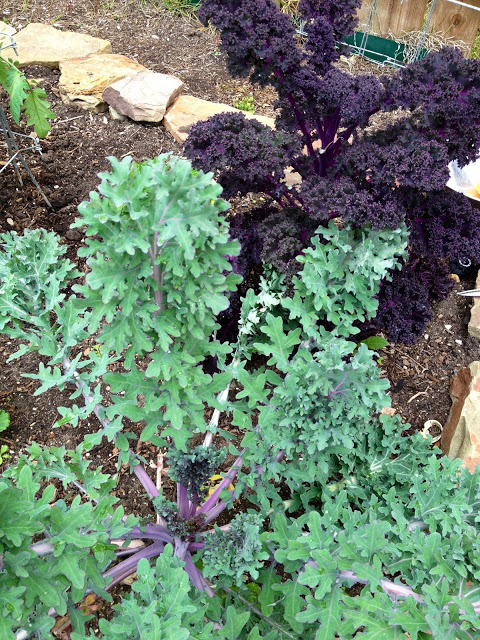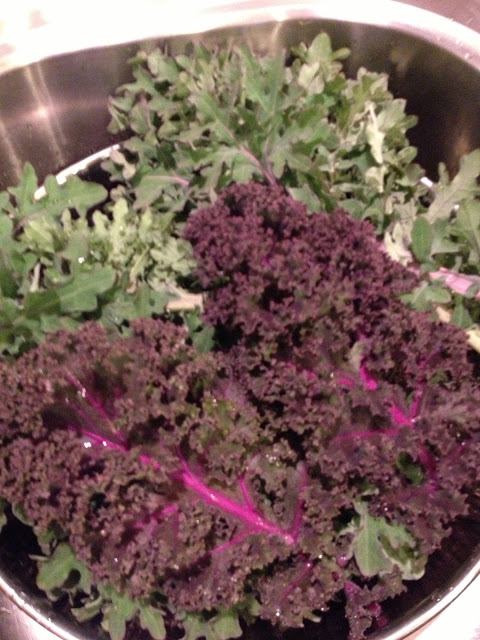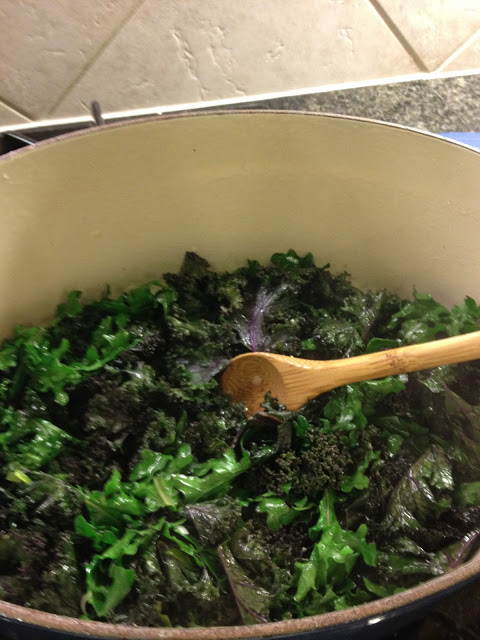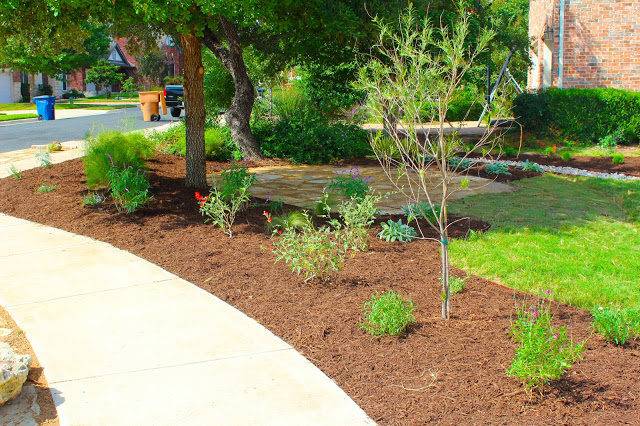Salvias stand up to Central Texas heat, drought

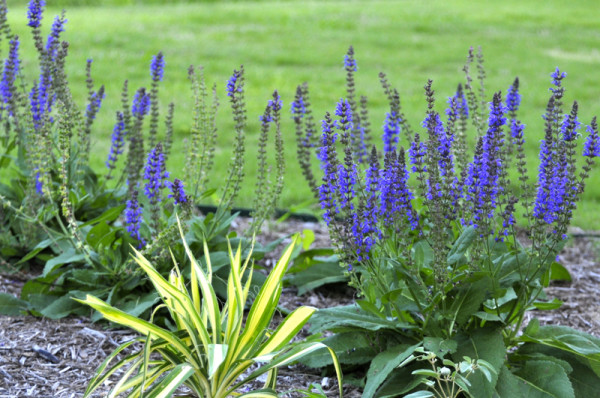 Take a stroll through almost any Central Texas garden and chances are you’ll come upon at least one type of salvia.
Take a stroll through almost any Central Texas garden and chances are you’ll come upon at least one type of salvia.
Salvia is the largest genus of plants in the mint family, and is also commonly referred to as sage. All sages are salvias; those used for medicinal purposes or as culinary herbs are generally called sages and the name salvia is generally associated with the ornamental plants.
At one time, there were more than 2,000 named species and subspecies. Horticultural revisions have recently consolidated the species to approximately 700 shrubs, perennials and annuals, found all over the world.
One of the most well known of the salvia varieties grown around Austin is the Greggs’s salvia (Salvia greggi). From shades of red to fuchsia and purple, this salvia graces countless area gardens.
The Texas sage, or cenizo, is not actually a sage, or salvia. The sage attached to its name is a trade name for the Leucophyllum frutescens. Nonetheless, it, too, is a great water-wise plant. The cenizo, with its gray leaves and lavender blooms is often relied upon by gardeners to foretell of coming rains, as they bloom profusely before or after a rain.
Versatile, drought tolerant as well as deer and critter resistant, there is a salvia perfect for your garden. Whether you need plants that are tall or short, need sun or shade, or you want a certain color, you can find a type of salvia to meet your needs.
The following are among the salvias that thrive in our often difficult climate and conditions. There are many more – staff at your local independent nursery can guide you to even more choices.
May night salvia (Salvia nemorosa ‘Mainacht’ ) A very compact salvia, it has wider leaves than most of those we see in Central Texas and a short bloom of dark purple or almost black. It can grow to 18 inches tall and approximately 15- 18 inches wide. It is water-wise and self-sows freely. Because of its size, is a good choice for containers.
Mexican bush sage (Salvia leucantha) – This salvia prefers full sun, tolerates ordinary soil and is drought tolerant. Its gray-green leaves are fuzzy and topped with blooms of light purple or lavender. Some varieties also have purple and white blooms. It generally grows to about 2.5’ feet tall by 4 feet wide.
Forsythia sage (Salvia madrensis) – This majestic salvia likes partial shade here in our heat. It grows to 6-8 fee tall and 24 to 36 inches wide. Its Blue-Green leaves are topped with very long bright yellow blooms and it is a fall bloomer. It has average water needs.
Tropical, “coral nymph or scarlet sages (Salvia coccinea) – These shade-loving varieties come in white, red, pink and peach blooms. The light colors provide a bright splash of light in a shady garden. They will tolerate dry soil and will grow in the worst of our Central Texas conditions — caliche, sandy loam or clay.
Indigo spires salvia (Salvia ‘Indigo Spires’)– A vigorous plant, Indigo spires towers over most other salvias and boasts 12 to 15 inch spikes of dark violet blooms. Blooms appear in spring and continue through fall. It will reach 4 feet tall and 2 to 4 feet wide, likes full sun to light dappled shade and has average water needs.
Hot lips salvia (salvia microphylla ‘Hot Lips’) This sun-loving salvia can steal the show in your garden with its hot red and white blooms. It grows to 3 feet tall and wide and flowers summer through fall. Drought tolerant and perfect for xeriscaping, its vibrant blooms also draw hummingbirds and butterflies.
Amistad salvia – (Salvia PPAF ‘Amistad’) – The stunning, rich and deep purple blooms of this plant make a real statement in the garden and put on a dazzling display from spring until frost. At 3-4 feet tall and about 3 feet wide, it can grow in full sun or dappled shade. This is a new plant introduction by Southern Living that is growing in popularity in Central Texas. It requires moderate watering and is heat and drought tolerant, excellent characteristics as even some drought-tolerant plants simply can’t take our heat when it hits record-setting highs. I first saw it at the Garden Writers Association meeting last fall in Tucson, and fell in love with it.
Although most salvias appropriate for our area are drought tolerant or have moderate water needs, it’s important to remember, as with all plants, that they are only drought tolerant once established. New plantings require a regular watering schedule during the first growing season to establish the deep, healthy roots that will make them water-wise as mature plants.
Diana Kirby is a Landscape Designer and Garden Coach and can be reached at http:/www.dianasdesignsaustin.com. She writes a garden blog at https://www.dianasdesignsaustin.com.

